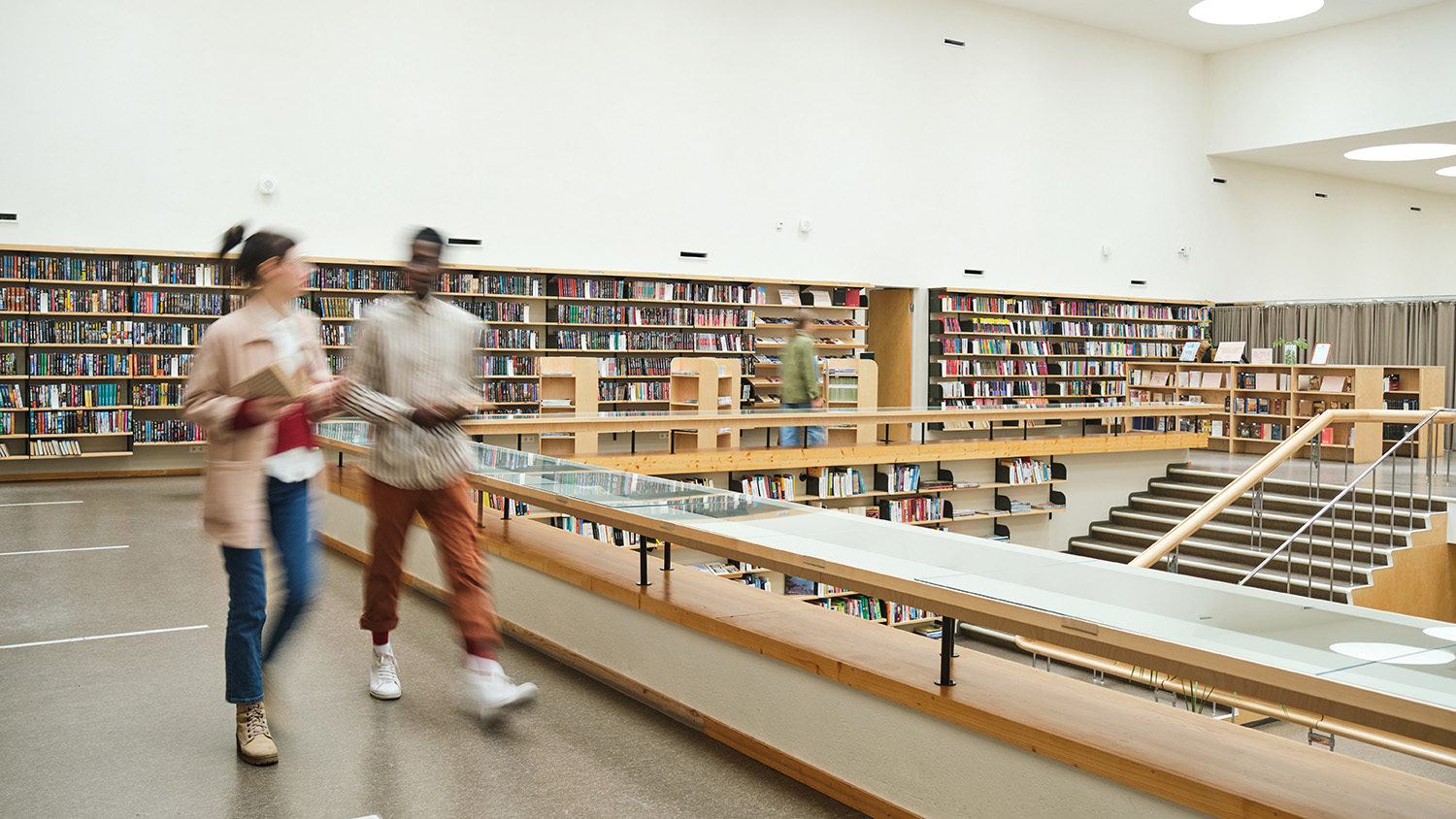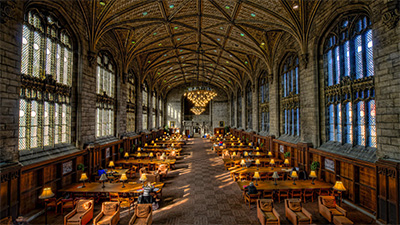What Libraries do

In a world where opportunity is tied to access—to technology, education, and essential resources—libraries remain one of the last great equalizers. Whether it’s WiFi for job seekers, computers for students, or bookmobiles reaching rural communities, libraries ensure that everyone, no matter their income or background, has the tools they need to learn, connect, and thrive. In a world where opportunity is tied to access—to technology, education, and essential resources—libraries remain one of the last great equalizers. Whether it’s WiFi for job seekers, computers for students, or bookmobiles reaching rural communities, libraries ensure that everyone, no matter their income or background, has the tools they need to learn, connect, and thrive.
Imagine a parent unable to read a bedtime story, a worker struggling to complete a job application, or a patient misunderstanding life-saving medication instructions. This is the reality for millions of people in the U.S. today.
Low literacy isn’t just a personal challenge—it’s a national crisis affecting jobs, health, and opportunity. But there is a solution: libraries and library professionals are leading the charge to close literacy gaps and ensure free, equitable access to knowledge.
Walk into any public library, and you’ll find more than books—you’ll find people. Kids finishing homework at a study table. Parents and toddlers gathered for storytime. Job seekers fine-tuning their resumes on public computers. Neighbors swapping gardening tips at a community workshop. Libraries are centers for learning, connection, and opportunity, adapting to meet the needs of their communities by filling gaps in education, access to technology, and even basic necessities.
The freedom to read and access information is at the core of American democracy. Libraries bring this principle to life by offering a wide range of viewpoints, opinions, and ideas. No matter your background, interests, or beliefs, libraries ensure you have access to knowledge without restriction.
Librarians don’t tell people what they should read. Instead, they create diverse collections that serve the needs of the entire community. But now, that freedom is at risk.
America’s libraries propel entrepreneurship and economic opportunity in virtually every community across the United States. Guided by a mission of bridging gaps in access to information resources and education, libraries are an important infrastructure that can be leveraged to tackle economic divides and connect individuals to resources that support business development.
To be truly sustainable, an organization or community must embody practices that are environmentally sound, economically feasible, and socially equitable. As institutions that serve the community as educational hubs and critical infrastructure, libraries are uniquely positioned to provide robust and trustworthy information about the world’s climate crisis while reducing their own carbon footprints for the betterment of their communities.
How Libraries Work

How Libraries Are Funded
We often think of libraries as “free” spaces. Free books. Free programs. Free access to technology. But here’s the truth—libraries are not free.

How Libraries Build Collections
Building and maintaining a library collection is both an art and a science—one that ensures libraries remain relevant to their communities.

Types of Libraries
Libraries are as diverse as the communities they serve. Public, academic, school: we break down what makes all of them so essential.
